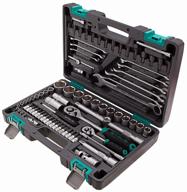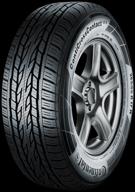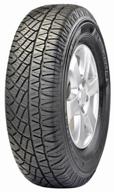
Review on Smartphone Sony Xperia 1 IV 12/256 GB, Dual nano SIM, black by Jnis Krsli ᠌

I really like the product, it fully meets my expectations.
- Charging normally understands only PD 3.0 (I use BASEUS and Samsung PD 3.0) Its pros: - This is Sony - LDAC - DSEE HX - Greatly improved call quality, no background 2.4 when working simultaneously with H900N headphones. - Amazing battery, typ 5560mAh, 5000mAh is the lowest possible at low temperatures. (capacity and serviceability guarantee for 3 years) - Processor is fast - 5.2x optical zoom is amazing - Pure Android with a minimum of garbage - A very successful form factor - fits perfectly in the hand, flies much less often than the classic 16:9. - The screen without bending is a song, the glasses lay down easily, there are no accidental slips - No bangs - content does not cover anything - Bright and informative LED (similar to Galaxy Note 9) - There are no compromises on 120 hertz - you can set either 60 or 120 - there will be no constant adaptation - there are no twitches, as if you are sitting on a TV, everything is fast and stable. - Peak brightness values are very high, while there is practically no PWM, because of which I really disliked the Galaxy Note 9 - Typing comes out faster than before on Note 9. - Camera - it is clear, fast, photosensitive Its cons: - The processor is very hot - wherever a fast single thread is required, the smartphone heats up like a full-fledged Pentium 4 without a heatsink. - Very, no VERY quickly overheats when shooting video or photos. - After Galaxy Note 9 - Magnetic stripe card simulation is missing - Sony makes very fragile smartphones, despite the high-quality glass and materials - I advise you to keep it very safe from mechanical stress - The sound from the speakers is good, but the design of the speakers is a dust collector. - The old software issues a bunch of errors on Android 12 times a day and then does not bother - No stylus - used to - Camera - auto mode is monstrous - to get a cool result, you have to remember SLR cameras and play with the settings, but then it comes out amazing.











